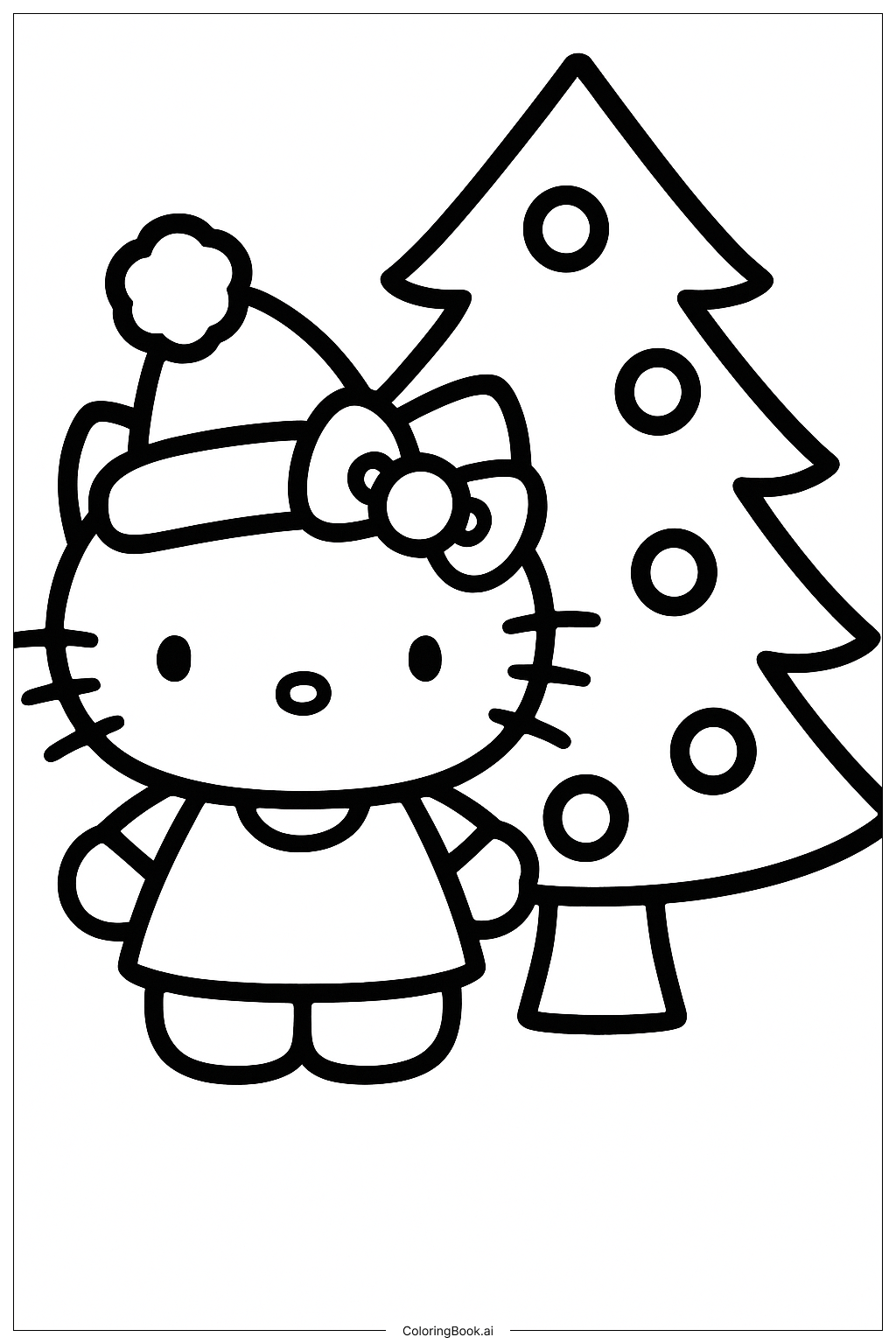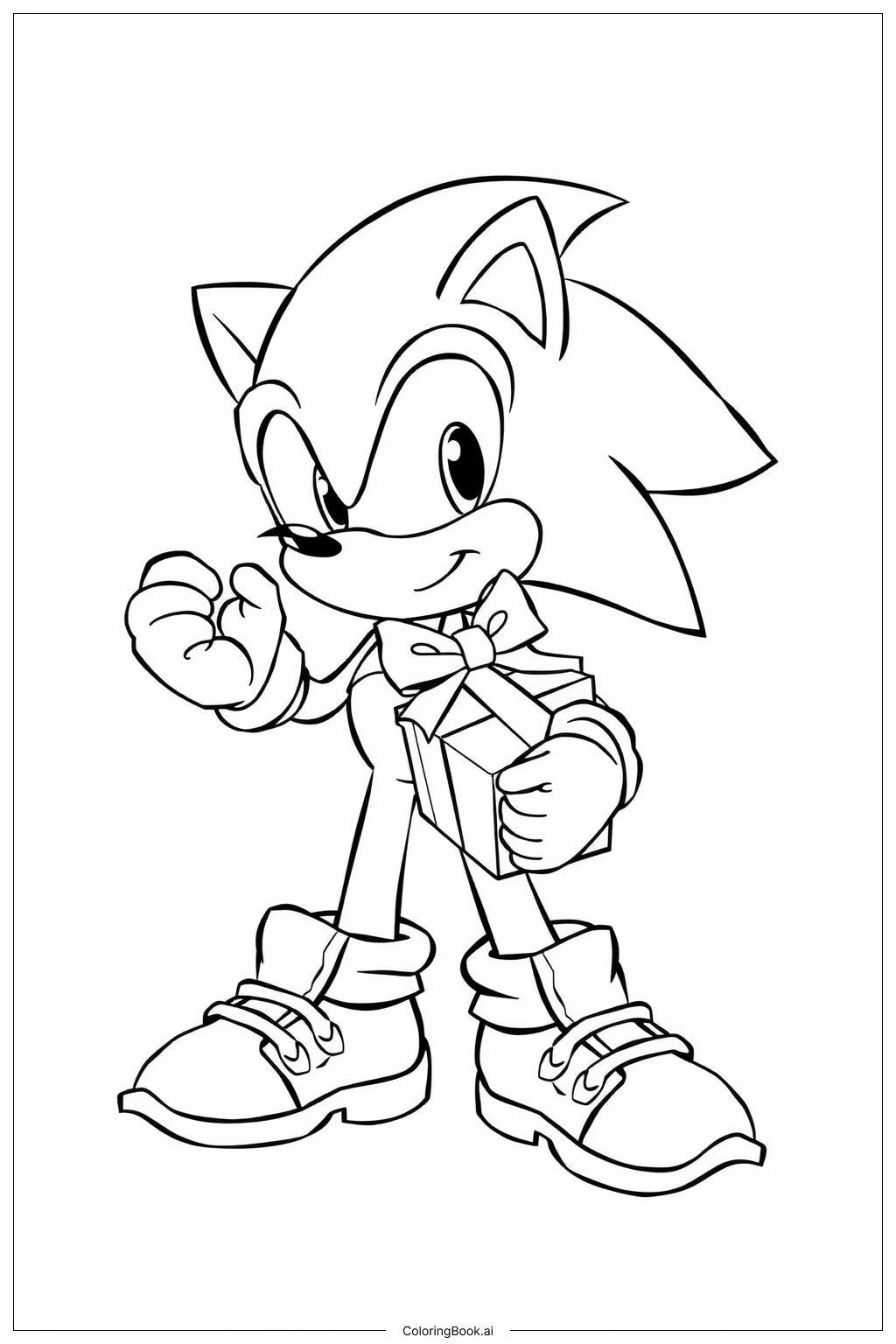Coloring tips: How to color Bulbasaur Eating A Small Berry coloring page well?
To color Bulbasaur, you can use different shades of green for its body and a darker green for the bulb on its back. The small berry can be colored red or purple to make it stand out. For the eyes, black with white highlights will bring them to life. You can use lighter greens and yellows for the spots on Bulbasaur's body to add more color variety. Don't forget to color the claws a soft beige or light brown. Try to color evenly and stay inside the lines for a neat picture. You can also use colored pencils or crayons to add shading and texture for more depth.
Coloring challenges: Which parts are difficult to color and need attention for Bulbasaur Eating A Small Berry coloring page?
1. Small Details – The little spots on Bulbasaur's body and the claws can be tricky to color carefully without going outside the lines.
2. Shading the Bulb – Making the bulb on its back look round and three-dimensional can be challenging without some shading skills.
3. Eyes – Coloring the eyes to look lively requires attention to the highlight spots, which can be small and need precision.
4. Even Color Filling – Ensuring colors are filled evenly without patches can be difficult, especially on larger areas like the body and bulb.
5. Color Choice – Picking the right shades of green and berry colors that look bright but natural might take some experimenting.
Benefits of coloring books: Advantages of drawing Bulbasaur Eating A Small Berry coloring page
Coloring this Bulbasaur page helps children improve their hand-eye coordination and fine motor skills as they carefully color inside the lines. It encourages creativity by letting kids choose their own colors and experiment with shading. The image also promotes focus and patience as it requires attention to detail, especially with small parts like the berry and claws. Finally, coloring a familiar and friendly character like Bulbasaur can boost a child's confidence and make the activity more enjoyable and engaging.








